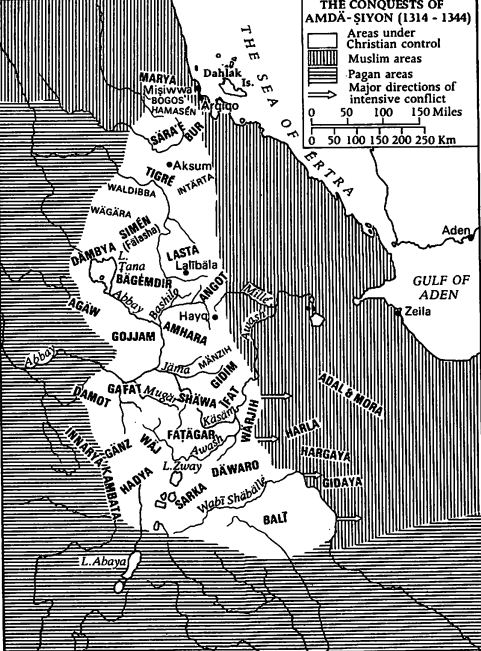
1858AD
Ut̪end̪i wa Mwana Kupona (The Poem of Mwana
Kupona’)
written by Mwana Kupona, a swahili woman from lamu, Kenya
written for the education of her daughter; Mwana Hashima binti Sheikh, on how to be an upstanding woman in swahili society
#randomxt
-Berlin State Library

Ut̪end̪i wa Mwana Kupona (The Poem of Mwana
Kupona’)
written by Mwana Kupona, a swahili woman from lamu, Kenya
written for the education of her daughter; Mwana Hashima binti Sheikh, on how to be an upstanding woman in swahili society
#randomxt
-Berlin State Library


Mwana Kupona was the wife of Bwana Mat̪aka, the ruler of Siyu
she was one of several notable swahili female scholars
and was a contemporary of the famous 19th century west-african poetess, Nana Asmau
she was one of several notable swahili female scholars
and was a contemporary of the famous 19th century west-african poetess, Nana Asmau
https://twitter.com/rhaplord/status/1039067174218788865?s=20
this 102-verse poem is still recited by both young and newlywed swahili women in east africa
and is one among the dozens of extant poems of the "utendi genre" from the 16th-19th century -which made up the bulk of "secular" swahili literature
and is one among the dozens of extant poems of the "utendi genre" from the 16th-19th century -which made up the bulk of "secular" swahili literature
cc;
ADVICE AND PRAYER FROM A MOTHER: AN EPIC POEM (EXTRACTS) Mwana Kupona binti Msham Kenya [1858] kiswahili
in books.google.co.ug/books/about/De…
and
On the Poetics of the Utendi
by Clarissa Vierke
books.google.co.ug/books/about/On…
ADVICE AND PRAYER FROM A MOTHER: AN EPIC POEM (EXTRACTS) Mwana Kupona binti Msham Kenya [1858] kiswahili
in books.google.co.ug/books/about/De…
and
On the Poetics of the Utendi
by Clarissa Vierke
books.google.co.ug/books/about/On…
• • •
Missing some Tweet in this thread? You can try to
force a refresh





















